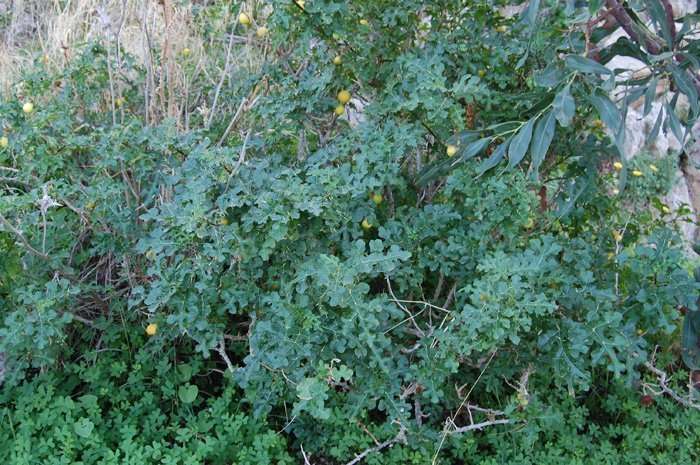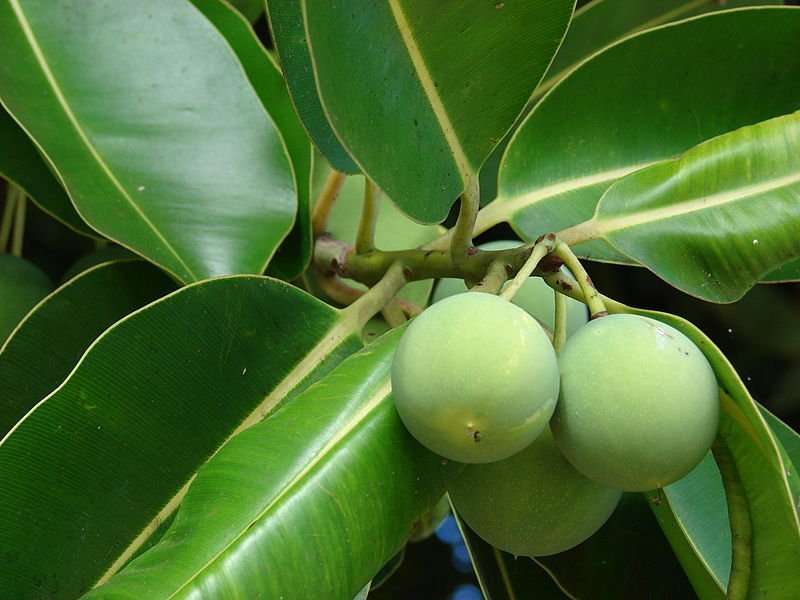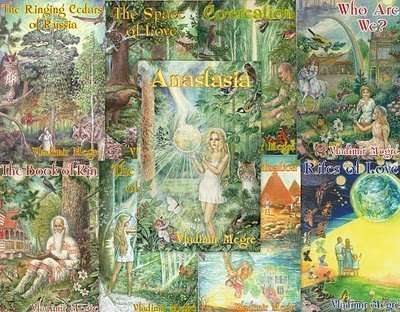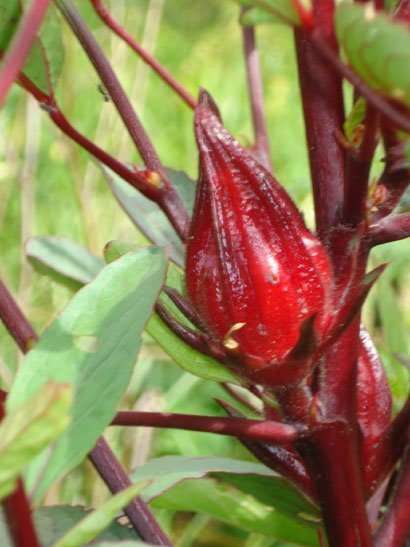Hydrastis canadensis Golden Seal American Indian Medicine
Golden Seal Sacred Healing Root from American Indians becoming extinct
Hydrastis canadensis or Goldenseal is a low growing rhizomatous perennial medicinal herb native to the eastern north american deciduous forest. The geographical range extends from southern New York to Minnesota and Kansas, south to Georgia, Alabama, Missouri and Mississippi, and east to Kentucky and the Carolinas. The Cherokee and Iriquois american indians introduced the white man to this medicine. They also used it as a dye and body paint.
Botanical Name: Hydrastis canadensis
Family: Ranunculaceae – buttercup family
Common names: Golden seal root, orange root, yellow root, ground raspberry, yellow puccoon, indian dye, eye root, jaundice root.
Golden Seal Uses
Buy Golden Seal Herb
Hydrastis canadensis is one of the most powerful medicines for treating many home ailments. Of course as with any powerful herb, it has to be respected and it is not advised to give to little children or pregnant and lactating mothers unless under the supervision of a qualified naturopath. Golden seal can be sold as powdered roots, capsules, tincture or ointment. It is used to treat inflamed mucous membranes, and infections, especially when they have become chronic. These include tonsillitis, sinusitis, laryngitis, pharyngitis, bronchitis, urethritis, cystitis, vaginitis, leucorrhea and dermatitis. Always check with your naturopath for dosage if taking internally. The ointment can be used for eye infections like conjunctivitis. A mixture of golden seal, calendula and myrrh as a tincture is great as a mouthwash for gumboils, sore gums or mouth ulcers. Packing an ulcer with golden seal powder will help to heal it from the bottom up. The knotty root or rhizome of this species has great medicinal value, and one of the main reasons for the great reduction in Goldenseal wild populations can be attributed to exploitation by commercial harvesters. Golden seal is very valuable and therefore is expensive to buy. Keep an eye out for substitution or an inferior product. The only medicinal part is the root. Products made from other parts of the plant should be avoided. Read labels carefully to make sure it isn’t mixed with other herbs. You are looking for one hundred percent golden seal root.
Protection of this important medicinal plant
In the past, most commercial supplies were obtained from Ohio Valley. At present, goldenseal is becoming scarce through out its range due to over harvest. Hence, many goldenseal cultivation projects were initiated in the 1990s. Overharvesting of this medicinal root has been reported to cause serious reductions in plant populations in Illinois, Ohio. Indiana and eastern Kentucky. This has caused concern and has resulted in the listing of Hydrastis canadensis in the appendix II of the convention for International Trade in endangered species of Wild Flora and Fauna (CITES) in 1997. Though this listing imposed controls on the trade of goldenseal, it has not kept people from collecting it in the wild and therefore the population of goldenseal continues to decline. Protection from over-harvesting is a necessary first step to insure this species survival. The strength and quality of the medicine comes from a wild plant growing in it’s natural habitat. Habitat protection is also essential. At least three Michigan populations are in nature preserves under protective ownership of the The Nature Conservancy. Two others are within University designated natural areas, one in a county part natural area, three in city parks, two in metropolitan parks, one in a state and one within a university woodlot. Other populations are on various tracts of private land. In addition to exploitation, this plant is vulnerable to removal of the forest canopy and probably to drainage or extended flooding of its habitat. The species is reportedly difficult to cultivate.
Hydrastis canadensis natural habitat
This plant is a native of north America however it could be cultivated in other countries if give the right conditions. Here is an outline of the natural habitat, perhaps it can be emulated elsewhere. It would be interesting to see if the quality even comes close to the natural wild stocks. Goldenseal typically inhabits shady, rich mesic southern forests, usually under a canopy of beech-sugar maple or red oak-sugar maple. It frequently occurs in moist microhabitats near vernal pools, along forested streams, and also in sourthern floodplain forest, often in moist sandy loam, clay loam or even organic (muck) soils. Overstory species include Acer saccharum (sugar maple), Fagus grandifolia (American beech), Quercus rubra (red oak), Betula alleghaniensis (yellow birch), Acer saccharinum (silver Maple), Tilia American (American Basswood), Juglans nigra(black walnut), Juglans cinerea (butternut), Celtis occidentalis (hackberry), and Fraxinus pennsylvanica and F. nigra (red and black ash). Common mesic woodland herbs that are associated with goldenseal include Arisaema triphyllum (jack-in-the-pulpit), Asarum canadense (wild ginger), Carex hirtifolia (sedge), Carex plantaginea (plantain-leaved sedge). Claytonia virginica (spring beauty, Erythronium americanum (trout-lily), Caulophyllum thalictroides (blue cohosh), Geranium maculatum (wild geranium), Uvaularia perfoliate (wild-oats), Trillium grandiflorum (common trillium ), and Hepatica acutiloba (hepatica), among many other herbs typical of the ground layer in mesic forests.
Related Posts
An Australian noxious weed Apple of Sodom is a perennial herb that can infest natural areas and crops and pastures, particularly in coastal areas.




